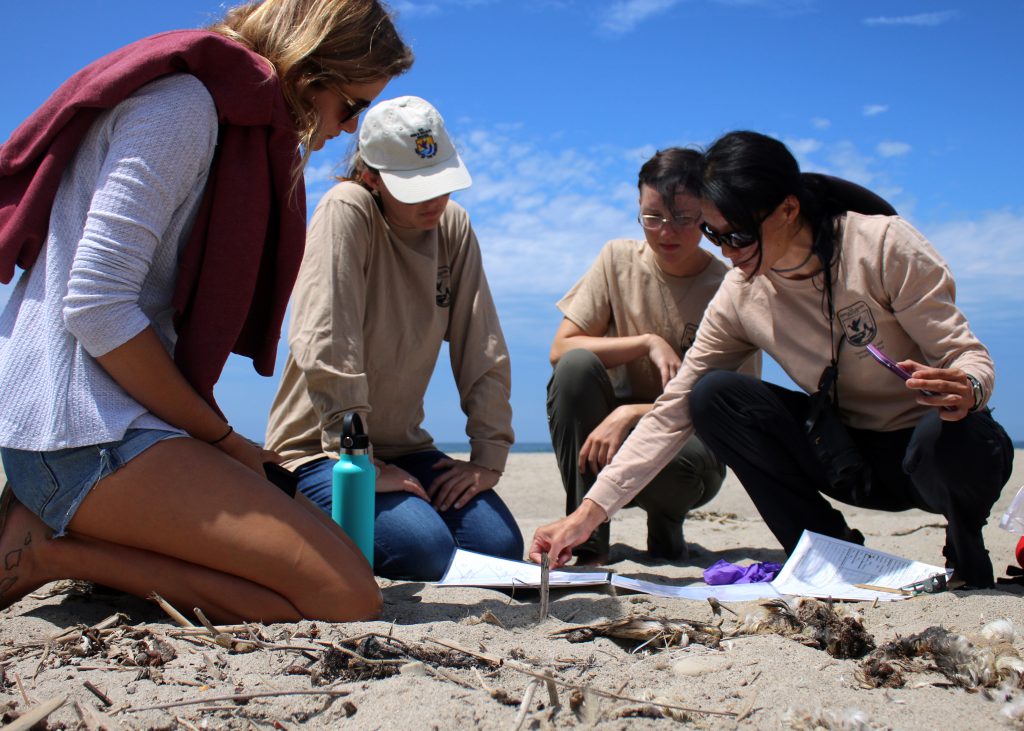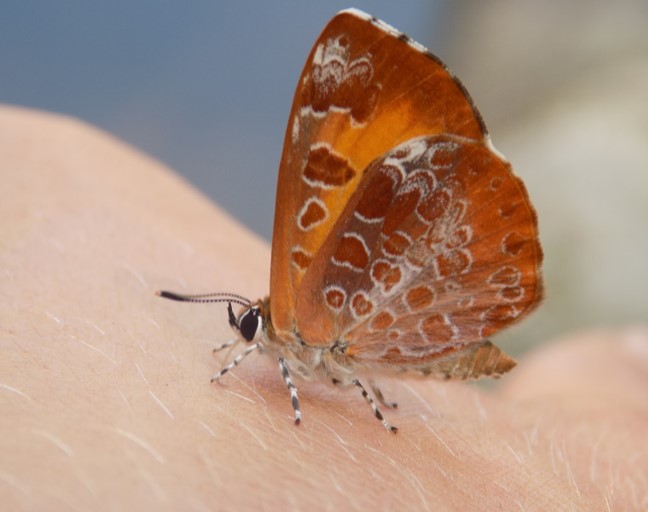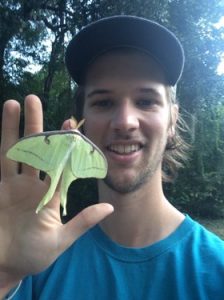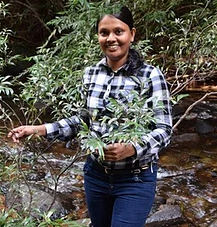2019-2020
2019-2020 Fellows
 Biodiversity Observers: Leveraging Tourism for Conservation Science
Biodiversity Observers: Leveraging Tourism for Conservation Science
Biodiversity Observers: Leveraging Tourism for Conservation Science
|
“I am a PhD student in the Florida Museum of Natural History working in Dr. Rob Guralnick’s lab on a variety of projects related to Lepidoptera and phenology. Previously, I completed my Master’s at Central Michigan University, where I worked on projects related to conservation of one of the most endangered butterflies in the world–the Poweshiek skipperling (Oarisma poweshiek). Currently, my research combines repeated field sampling and incidental citizen science data to examine the impacts of global change on Lepidoptera (butterflies and moths) at both local- and macro- scales. During my year as a UFBI fellow, I will be focusing on completing the field work necessary to assess how urbanization influences the abundance, community compositiion, and phenology of moths. I am sampling for both adult moths using light traps and caterpillars using frass traps, which passively collect caterpillar feces that drop from the forest canopy. Moths are important pollinators and caterpillars are a primary food source of bird nestlings, thus forming a critical component of trophic interactions.”
Michael Belitz
Prabha Amarasinghe
“My research focuses on phylogeny, biogeography, character and niche evolution of Memecylon (Melastomataceae) and I work in Dr. Nico Cellinese’s lab. Different aspects of my research project can be found here. In the 2019/20 academic year, I worked on the niche evolution of Sri Lankan Memecylon with the help of the University of Florida Biodiversity Institute (UFBI).
Similar to other tropical forests around the world, those in Sri Lanka are threatened by the impacts of climate and land-use changes. Yet, the ecological consequences of these anthropogenic changes are understudied relative to other forests of the New World and Old World Tropics. Contributing to the floral diversity of Sri Lanka are certain lineages of Melastomataceae, including a woody plant group, Memecylon, which occurs in forest habitats across a range of climate zones and exhibits a high degree of endemism. Therefore, it is an ideal plant group to gain insights into the effects of climate change and habitat loss on ecosystems of this island. In this study, we tried to address three key questions: 1) Is the amount of suitable area for Memecylon predicted to change as a result of climate change? 2) Have Memecylon clades in Sri Lanka undergone niche diversification? 3) Which areas need conservation priorities related to non-endemic, narrow endemic and wide endemic Memecylon distribution in Sri Lanka? To answer these questions, we compiled large-scale locality and climate data sets from diverse sources. We used these datasets to generate ecological niche models (ENMs) to understand the distribution of suitable habitats for the present and the future. Further, we developed predicted niche occupancy (PNO) profiles for the closely related Memecylon in Sri Lanka using a phylogenomic dataset. Finally, we incorporated land-cover and land-use mapping components to the niche models in order to better understand the impacts of land-use changes on Memecylon distributions. This study showed that narrow endemics and high-elevation Memecylon taxa are mostly affected by future climate change. PNOs generated in this study provided evidence for ecological divergence between Memecylon (which contain overlapping variables) and an indication of niche conservatism (which contain diverging variables) of closely related Memecylon species. Results from the gap analysis indicated that the richness areas of Memecylon mostly overlap with the existing protected areas. However, data from niche models will be useful to fill the remaining estimated gaps. I presented these findings at the Humboldt symposium 2020 and a publication is in progress. This project specifically contributes to biodiversity conservation and became successful with support from the UFBI.”
“Specializing in Urban and Regional Planning, Shane studies conservation land use and the geography of responsible nature-based tourism (i.e. ecotourism) on private property in the United States and abroad. In his current program, Shane has worked with Florida businesses and municipal officials to support the expansion of sustainable tourism development through the Cooperative Extension Service and recently published a framework to assess tourism impacts on biodiversity in the Handbook of Applied Research Tools for Sustainable Tourism. Shane holds a Master of Environmental Management degree in Human Dimensions from Yale School for the Environment and a Bachelor of Science in Natural Resource Management from University of Connecticut. More broadly, Shane’s career goals focus on increasing private protected areas in the United States and further integrating biodiversity into policy and planning efforts at municipal levels across the country.”






